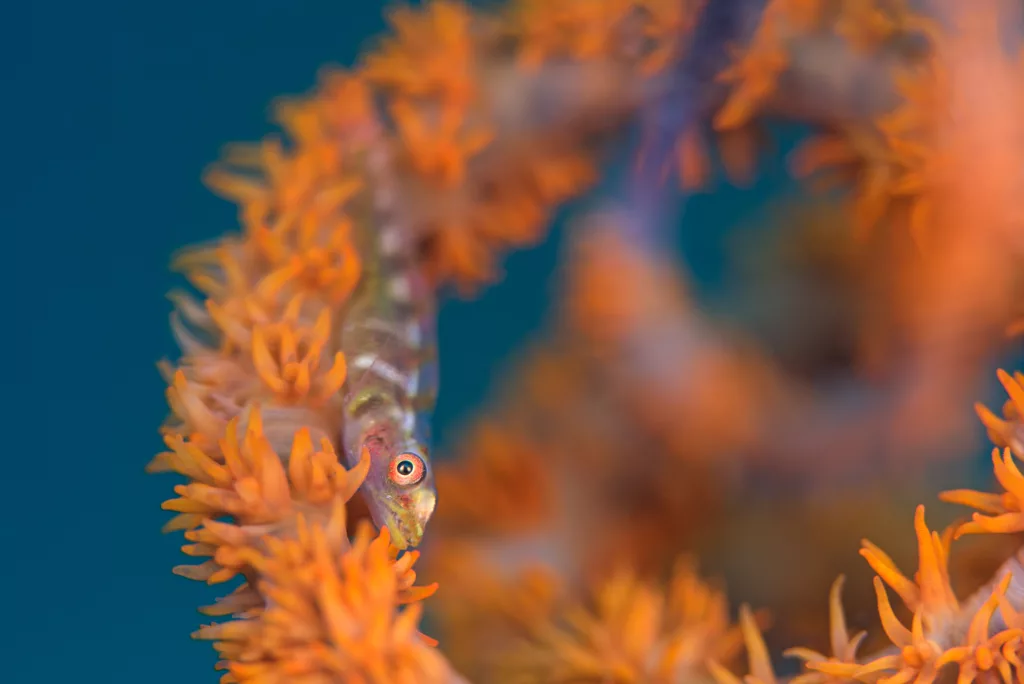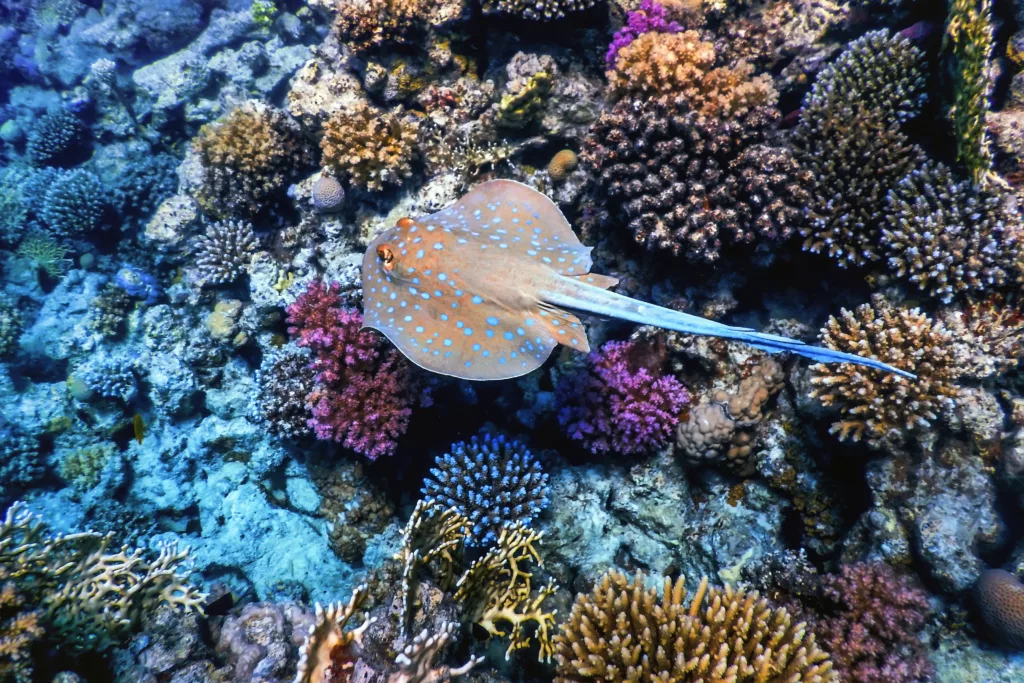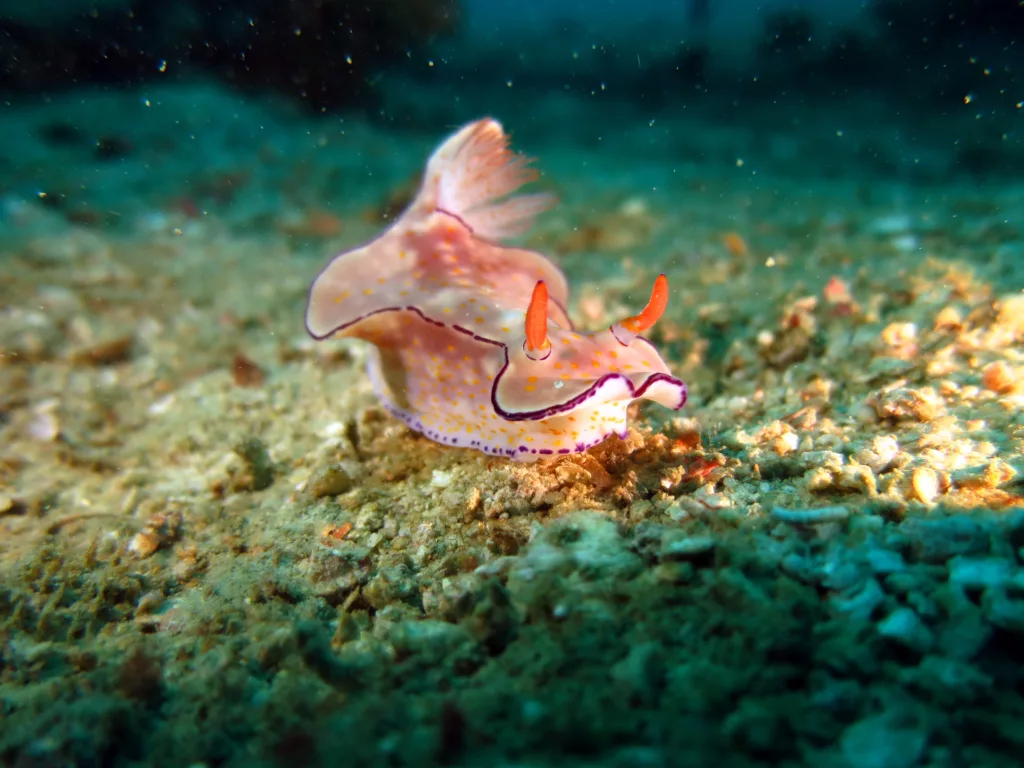Diving offers an exquisite window into the enigmatic underwater world, a realm where the usual rules of communication cannot apply. Specifically, in the stunning dive sites around Bali, where the vibrant pulse of Indonesia’s marine life thrives, the importance of mastering hand signals becomes unmistakably clear. This guide delves into the quintessential hand signals every diver should know for a safe and enjoyable scuba experience, ensuring that your underwater adventures are both thrilling and secure.
The Importance of Hand Signals in Diving
Underwater, where verbal communication is impossible due to the aquatic environment, hand signals emerge as the pivotal method of conveying messages between divers. In the silent world beneath the waves, every gesture carries critical importance, from highlighting potential dangers to signaling the presence of intriguing marine life. These signals ensure that all divers in a group can stay informed and maintain operational cohesion, thereby notably enhancing the safety and collective experience of the dive. Mastery of these signs is not merely an accessory skill but an essential part of diving preparedness, akin to the importance of the scuba gear itself. Divers learn to use a vocabulary of hand gestures that can include warnings about low air supply, the need to stop or change course, and signals to observe particular sights or creatures. The clarity and effectiveness of this communication method can significantly affect the outcome of a dive, making the understanding and proper usage of hand signals as crucial as the physical fitness and readiness of the divers themselves.
Basic Hand Signals Every Diver Should Know

The fundamental suite of hand signals provides divers with the tools to communicate essential information swiftly and unmistakably. These include gestures for ‘OK’, ‘Problem’, ‘Ascend’, and ‘Descend’. The simplicity of these signals is key: for instance, forming an ‘O’ with the thumb and forefinger universally indicates that conditions are satisfactory, while an upward-pointing flat hand signifies the need to ascend towards the surface. Such basic signals serve as the building blocks of safety and understanding in the aquatic realm, enabling divers to respond efficiently to both customary diving scenarios and unforeseen emergencies. Regular training to use these gestures fluently and accurately ensures that despite the lack of spoken words, communication barriers can be effectively overcome. Divers are thus equipped to maintain a baseline of mutual understanding and can aid each other in navigating the challenges and delights of underwater exploration.
Advanced Communication Techniques

Beyond basic safety and procedural signals, advanced hand signals allow divers to share nuanced observations and engage more deeply with the underwater environment. These might include specific gestures to describe particular marine species or underwater formations found in exotic locales like Bali, with its famous USAT Liberty Shipwreck and the vibrant coral gardens of Menjangan Island. Such detailed gestural language enhances group interaction and elevates the experience by allowing divers to point out features and creatures that might otherwise go unnoticed. Learning these advanced signals involves familiarization with local marine life and geological features, enriching both the individual’s and the group’s diving experience. Furthermore, these sophisticated signals facilitate smooth group dynamics, especially useful in complex dive sites where precise and varied communication is essential for exploring effectively and safely.
Practicing Effective Communication Underwater

Effective underwater communication transcends the mere knowledge of hand signals; it demands continuous practice and adaptation to varying diving conditions. Divers are encouraged to rehearse these hand signals with their dive buddies on land to mitigate misunderstandings and ensure smooth execution during actual dives. Initiating a dive with a concise review of essential signals can reinforce competence and confidence among divers, particularly in challenging dive conditions like those found in Bali’s diverse aquatic landscapes. Regular practice in realistic scenarios helps divers to refine their signaling technique and timing, crucial for maintaining safety and enhancing the interactive aspects of group diving. This repetitive practice solidifies muscle memory and mental recall, ensuring that divers can communicate efficiently even under adverse conditions.
Safety Tips for Communicating in Challenging Dive Sites
Diving in challenging sites such as those with strong currents, like Nusa Penida in Bali, requires divers to exercise heightened caution and communication. The ability to quickly and clearly signal changes in environment conditions, such as shifting currents or the presence of hazardous marine life, is crucial. Enhanced proficiency in hand signals, combined with other safety measures like maintaining close proximity to dive partners and using a dive light for better visibility, dramatically increases safety. These practices help divers respond effectively to both the expected and the spontaneous aspects of the dive, ensuring that every member of the dive group can enjoy a secure and rewarding experience. Such preparation not only mitigates risks but also deepens the divers’ ability to explore more demanding dive sites confidently and safely.
Concluding Waves: Harnessing Silence for Safety
Mastering hand signals for scuba diving not only enhances the safety parameters of underwater adventures but also significantly enriches the diving experience, especially in the mesmerizing and must-visit dive sites of Bali. As divers embrace these silent signals, they unlock a new dimension of interaction within the underwater world, ensuring that each dive is as safe as it is captivating. Remember, in diving, your hands do the talking, so let’s speak clearly and dive safely.


Pingback: Underwater Silent Signals: Mastering Hand Gestures For Safe & Effective Communication Underwater
I appreciate the emphasis on safety and considerate diving practices. The use of images also makes the blog post engaging and enjoyable to read.
I never knew that hand signals were so crucial in diving. This article has opened my eyes to a whole new level of communication underwater.
Dear Wong Mei Ling, thank you for sharing your thoughts about the importance of hand signals in diving. We’re thrilled to hear that our article has opened your eyes to a new level of communication underwater! At Pebble and Fins, we believe that education and skill-building are essential components of any successful dive. That’s why we’ve dedicated training facilities for our local staff and surrounding communities. If you have any questions or would like to learn more about our diving courses in Bali, please don’t hesitate to contact us at [email protected] or +62 857 3891 8262. We’d be happy to assist you. Best regards.
I’ve heard of hand signals being used in scuba diving, but I never knew the importance of mastering them. This article has given me a new appreciation for the skills and techniques involved in diving.
Thank you for sharing your thoughts, Razak! We’re thrilled to hear that our article has given you a new appreciation for the importance of hand signals in scuba diving. At Pebble and Fins, we believe that mastering these silent signals is crucial not only for safety but also for enhancing the overall diving experience. If you have any further questions or would like to learn more about our dedicated training facilities for local staff, please don’t hesitate to contact us at [email protected] or +62 857 3891 8262. We’re always here to help.
I’m an experienced diver, but even I learned something new from this article. The importance of hand signals can’t be overstated – it’s a vital part of staying safe underwater.
Hi Chew Hui Min, thank you for sharing your experience as an experienced diver! We’re glad to hear that our article could provide new insights for even the most seasoned divers. You’re absolutely right – hand signals are a crucial aspect of staying safe underwater, and we’re committed to providing the best possible diving experiences at our resort in Bali. If you have any questions or would like to learn more about our diving courses, please don’t hesitate to reach out to us at [email protected] or +62 857 3891 8262. We’d be happy to help. By the way, if you’re planning a trip to Bali and looking for a dive resort that offers training facilities for local staff and around us, we’d love to have you visit us! Just let us know.